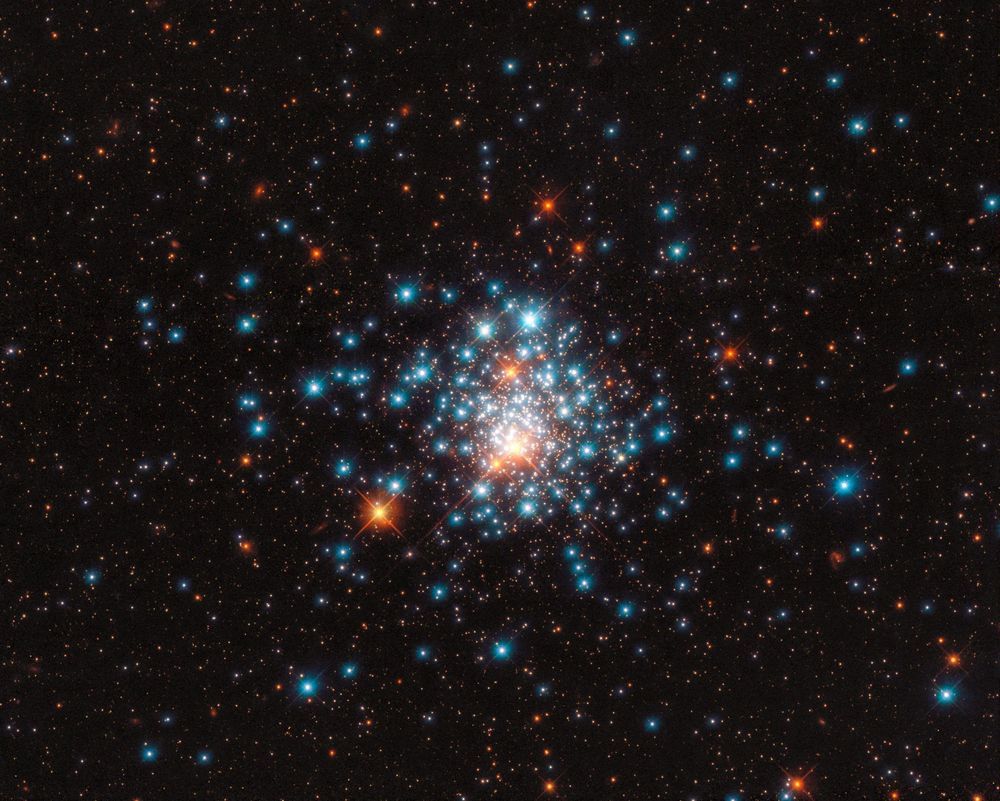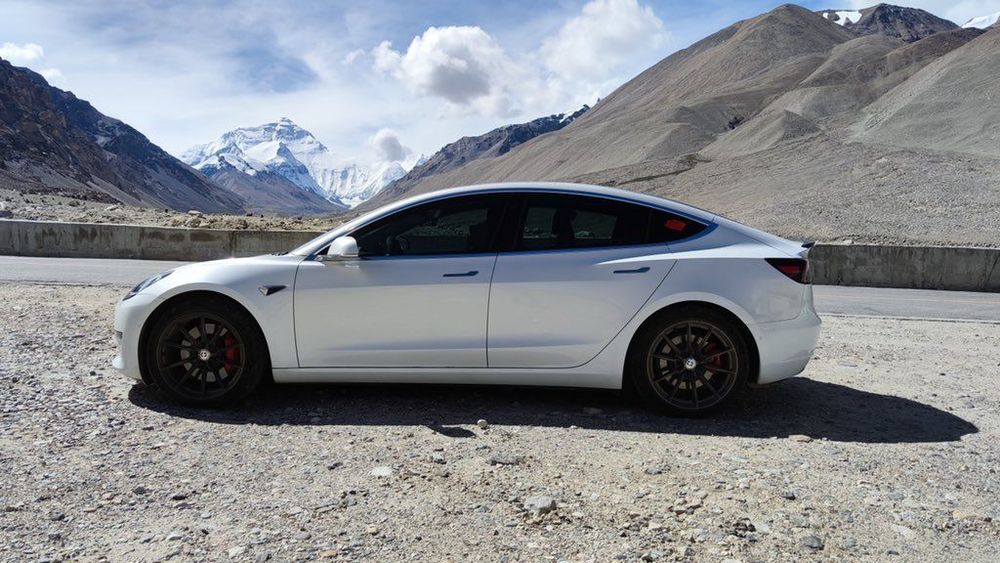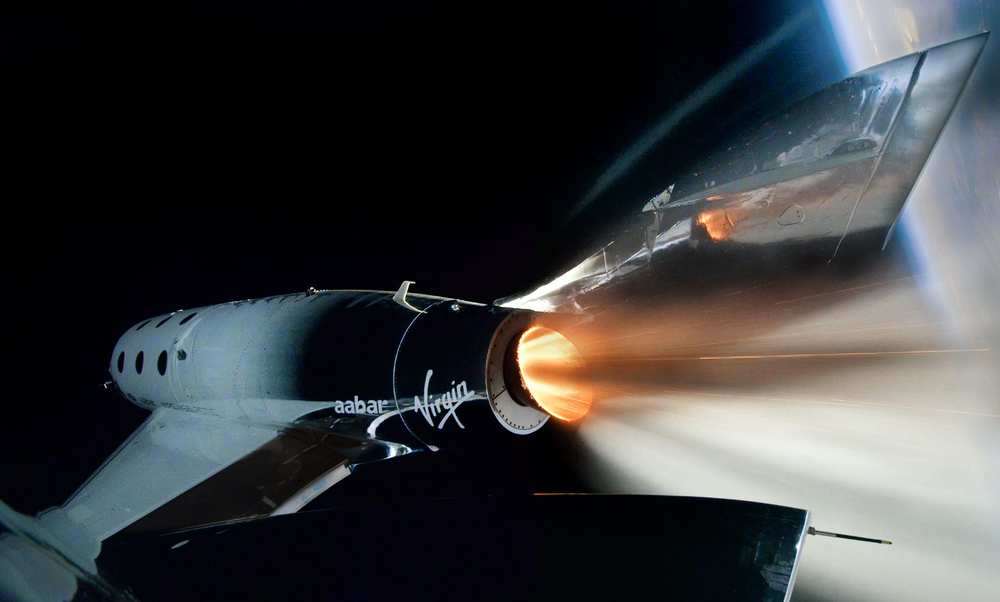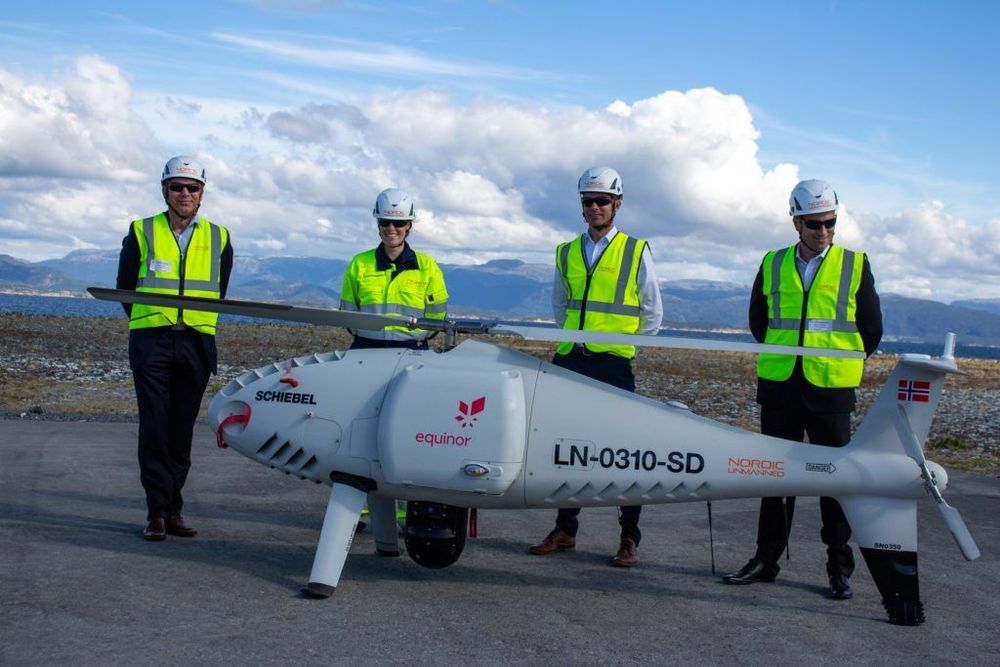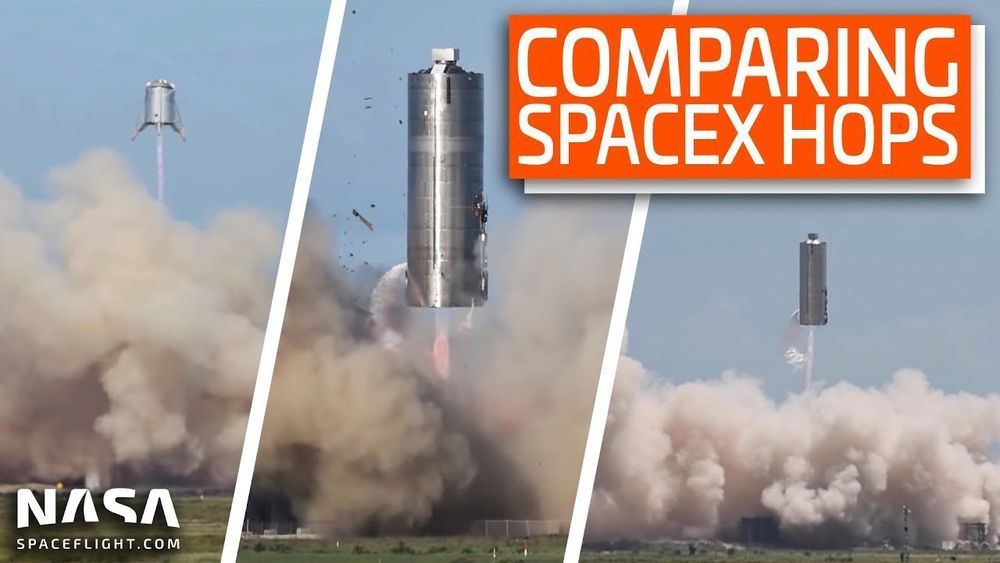Sep 7, 2020
Hubble Eyes a Colorful Pocket of Stars – Orbiting Closely, Like Bees Swarming Around a Hive
Posted by Genevieve Klien in category: space
Many colorful stars are packed close together in this image of the globular cluster NGC 1805, taken by the NASA /ESA Hubble Space Telescope. This tight grouping of thousands of stars is located near the edge of the Large Magellanic Cloud, a satellite galaxy of our own Milky Way. The stars orbit closely to one another, like bees swarming around a hive. In the dense center of one of these clusters, stars are 100 to 1000 times closer together than the nearest stars are to our Sun, making planetary systems around them unlikely.
The striking difference in star colors is illustrated beautifully in this image, which combines two different types of light: blue stars, shining brightest in near-ultraviolet light, and red stars, illuminated in red and near-infrared. Space telescopes like Hubble can observe in the ultraviolet because they are positioned above Earth’s atmosphere, which absorbs most of this wavelength, making it inaccessible to ground-based facilities.
This young globular cluster can be seen from the southern hemisphere, in the Dorado constellation, which is Portugese for dolphinfish. Usually, globular clusters contain stars which are born at the same time; however, NGC 1805 is unusual as it appears to host two different populations of stars with ages millions of years apart. Observing such clusters of stars can help astronomers understand how stars evolve, and what factors determine whether they end their lives as white dwarfs, or explode as supernovae.
